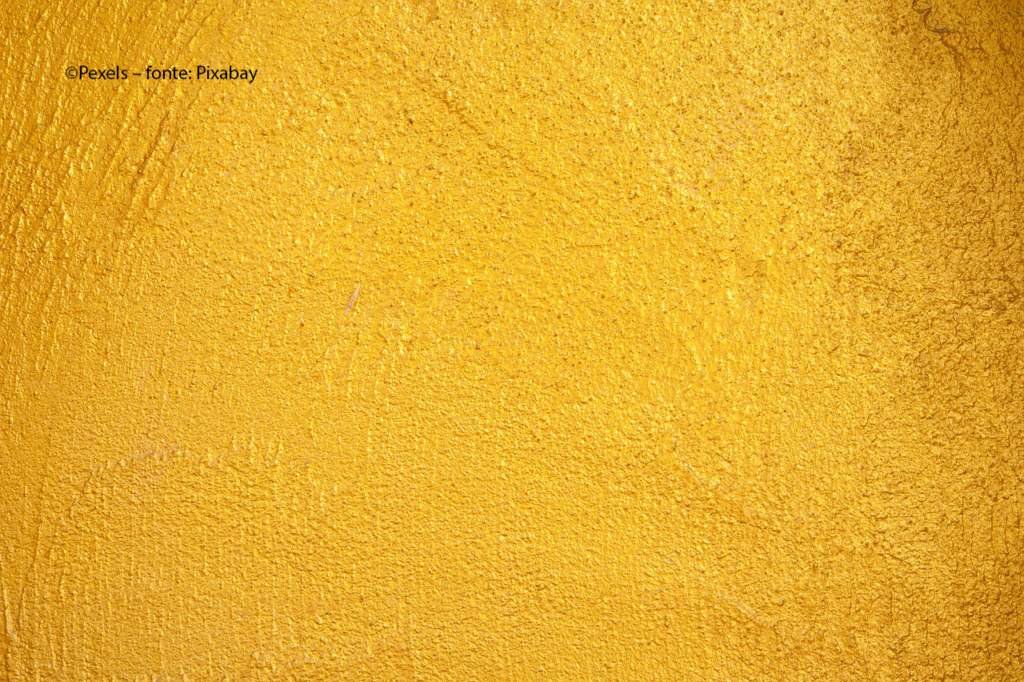INDEX
Lights and shadows of open access

Open Access colors
Open access is the most well-known dimension of Open Science
Publication in Open Access takes different forms depending on the process involved and the costs incurred by authors and readers.
The different modes of publication are conventionally identified with the following colors:
Diamond
It is the open access mode of publishing in scholar-led, fully open access venues in which neither the author nor the reader pays, but there is an institution (normally a public one) that bears the cost.

Diamond Open Access is the most virtuous form of open access to research publications because it is accessible without any barriers to both authors and readers.
Diamond Open Access journals are indexed in the Directory of Open Access Journals (DOAJ) (you must use the filter without fees to view them).
Green
Also called the Green Road, or self-archiving, the Green Road is about the republication of an article in an institutional repository. It includes both pre-prints, i.e., the version submitted to the publisher prior to revision, and post-prints (or AAM – Author Accepted Manuscript), i.e., the revised text in the form accepted for publication, usually without the editorial layout, or in a version that is not final but nevertheless reworked by the publisher. Publishers may define different embargo periods for different journals (to verify the editorial policies check (Sherpa Romeo).


Gold
This way of publishing requires authors, through the institutions with which they are affiliated, to pay an Article Processing Charge (APC) so that an article, once accepted, is made freely available in a publishing venue that publishes only open access articles, i.e., at no cost to the reader.

Gold Open Access journals are indexed in the Directory of Open Access Journals (DOAJ)

Pubblicare in Diamond Open Access: E-JournALL,
EuroAmerican Journal of Applied Linguistics and Languages
Laura Di Ferrante
ricercatrice – Dipartimento di Studi Internazionali,
Giuridici e Storico-Politici
Disseminare i dati sulle pubblicazioni con la Green Road:
AIR, l’Archivio Istituzionale della Ricerca
Morgana Marchesoni
Ufficio Qualità dei Dati sulla Ricerca
Other forms of Open Access
Gold in hybrid publishing venues – involves institutions paying an Article Processing Charge (APC) for the article, once accepted, to be made available in open access in a publishing venue that normally publishes articles accessible by subscription. The practice that allows hybrid publishers to collect payment for both subscriptions and Article Processing Charges (APCs) from the same institution is called double dipping, and is strongly discouraged by research funding bodies. LERU, League of European Research Universities, through its Christmas is over petition has pledged not to support APC payments for hybrid journals, with a view to the best possible use of public money.
Open Access in Transformative Agreements – TA (also called read & publish) are bundles of titles where you pay both to read and to publish. They are temporary and transitional contracts, signed between publishers and institutions (or consortia), with the aim of transferring costs that are now on subscriptions (to read) to costs to publish.
In an ideal situation, this should be cost neutral: the costs for subscriptions (i.e., to read) should turn into costs to publish. In fact, this transition has not taken place to date and costs continue to rise, so much so that the main promoters of these contracts have sanctioned their ineffectiveness.TA currently apply only to articles, and not to volumes or book chapters.
Bronze – this is not properly Open Access in this case. The publisher decides to make a series of articles available (free) (as happened, for example, during the health emergency from Covid-19) for specific periods of time, without reuse rights.
Choosing a publication venue
1. Check the Directory of Open Access Journals for gold or diamond validated (non-predatory) open access venues.
Failure to be indexed in DOAJ does not immediately means that the journal is predatory because it may be very recent and therefore not yet indexed, however it suggests proceeding with caution and doing the necessary checks.
2. In case you want to proceed with self-archiving (green road), check on Sherpa Romeo for the publisher’s policies regarding publishing the pre-print or post-print version of the accepted manuscript.
Books publishers’ conditions are avalaible on Sherpa beta version website.
3. In case the journal is not indexed in DOAJ, be careful and verify in think check submit what points to check to see if the journal is to be trusted.



Lights and shadows of Open Access
Unfortunately, Open Science represents an opportunity not only for those who share its potential and ethical aspects, but also for those who intend to exploit it for profit.
Some insights:
Transformative Agreements
Predatory publishing
Paper mills and Review mills
Resignation of editorial boards
Authors of less-than-legal actions are the promoters of initiatives such as the Shadow Libraries that find in opening up data a shared goal with the Open Science movement. Although the goal is shared, the means to pursue it are not shared. If everyone practiced Open Science Shadow libraries would have no reason to exist.
Insights:
Aaron Swartz, Guerrilla Open Access Manifesto
Paola Galimberti, Tentativi ed errori: il metodo scientifico applicato all’open access con particolare riferimento alla situazione italiana, in “Rivista di Digital Politics” 2/2023, pp. 383-396, doi: 10.53227/108472

